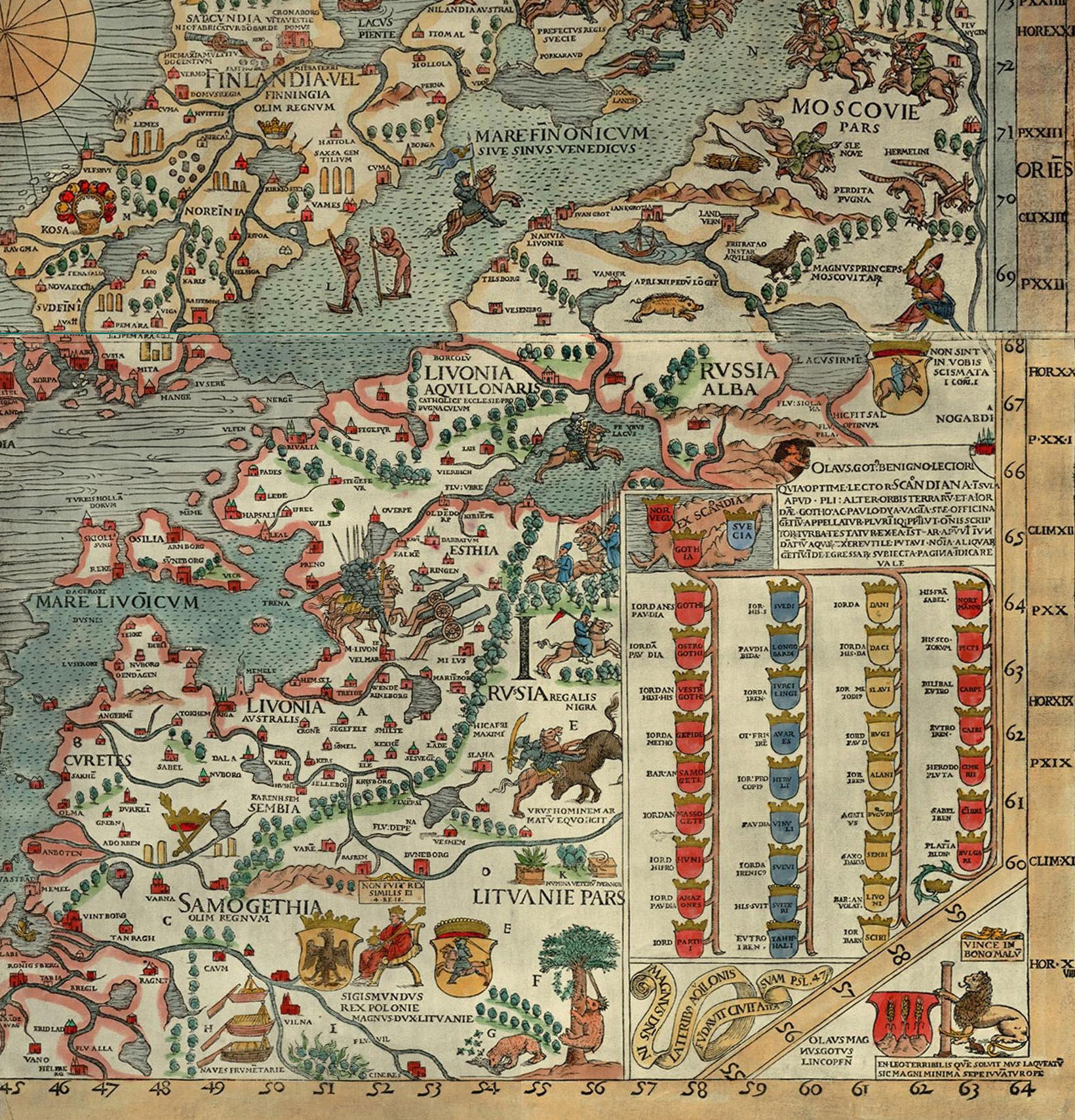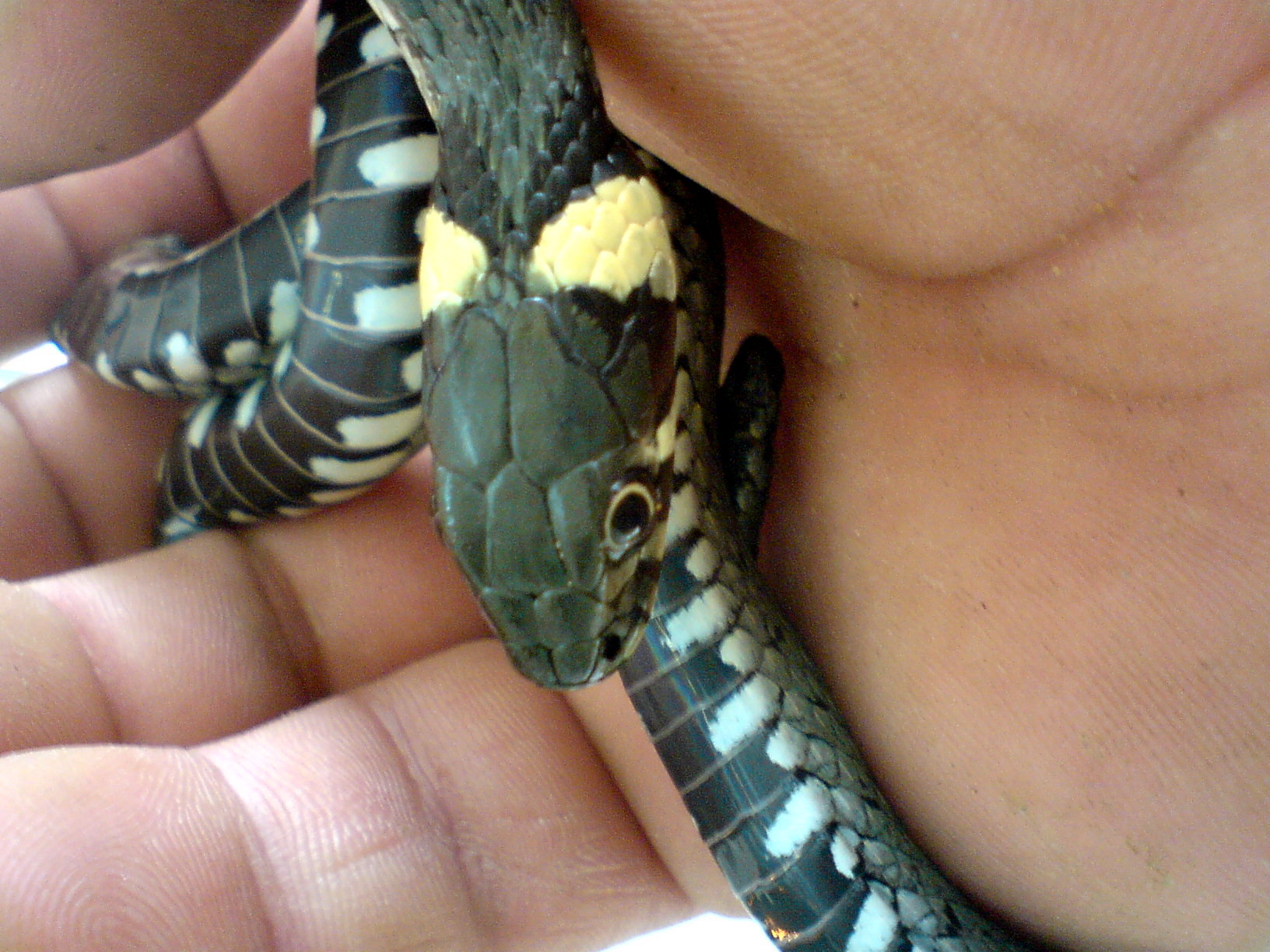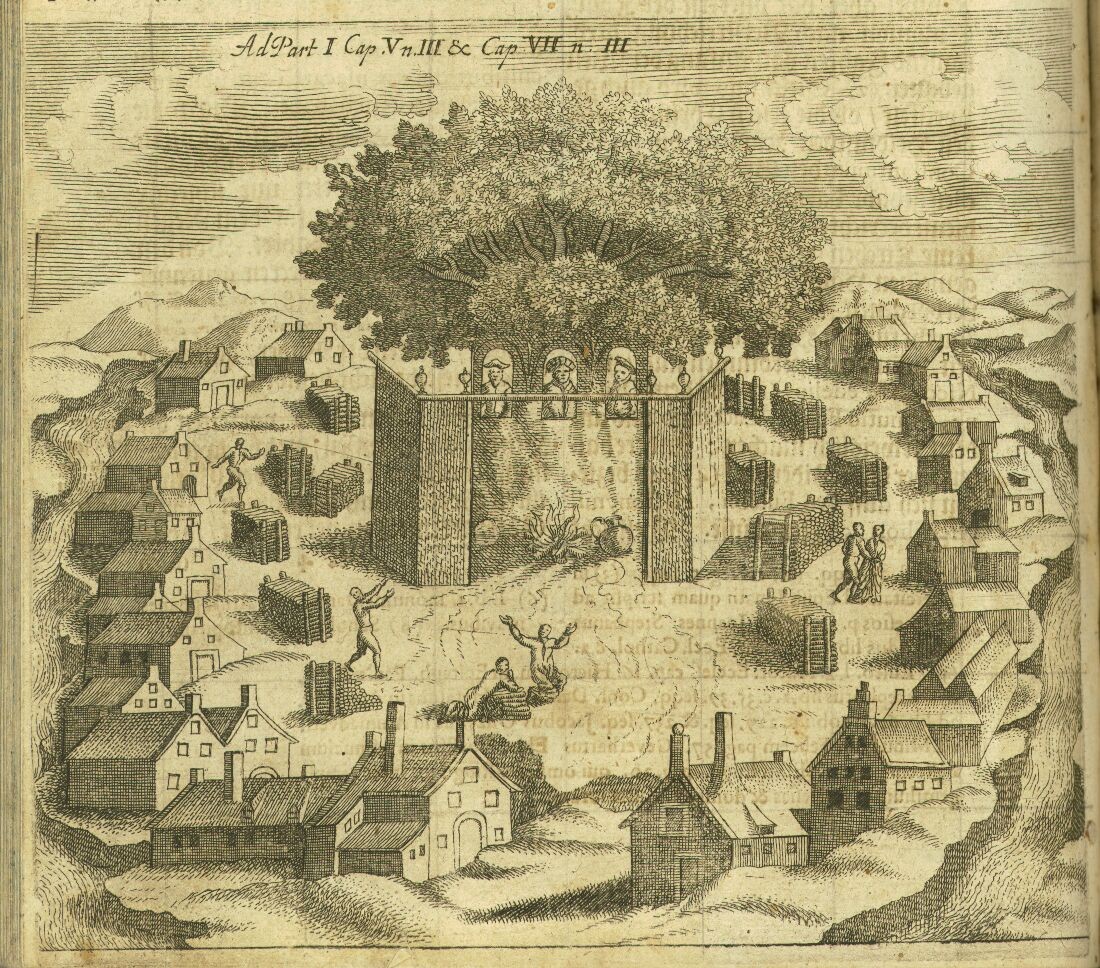|
┼Šaltys
A ┼Šaltys (, literally: ''grass snake'') is a household spirit in Lithuanian mythology. As sacred animal of the sun goddess Saul─Ś, it is a guardian of the home and a symbol of fertility. People used to keep it as a pet by the stove or other special area of the house, believing that it would bring good harvest and wealth. Killing ┼Šaltys was said to bring great misfortunes upon the household. If ┼Šaltys was found in the field, people gave it milk attempting to befriend the creature and make it a sacred household pet. See also * Egl─Ś the Queen of Serpents * Proto-Indo-European mythology * Indo-European cosmogony * Baltic mythology * Prussian mythology The Prussian mythology was a polytheistic religion of the Old Prussians, indigenous peoples of Prussia before the Prussian Crusade waged by the Teutonic Knights. It was closely related to other Baltic faiths, the Lithuanian and Latvian mythol ... References Fertility gods Lithuanian gods Lithuanian folklore characters ... [...More Info...] [...Related Items...] OR: [Wikipedia] [Google] [Baidu] |
Grass Snake
The grass snake (''Natrix natrix''), sometimes called the ringed snake or water snake, is a Eurasian non-venomous colubrid snake. It is often found near water and feeds almost exclusively on amphibians. Subspecies Many subspecies are recognized, including: ''Natrix natrix helvetica'' ( Lac├®p├©de, 1789) was formerly treated as a subspecies, but following genetic analysis it was recognised in August 2017 as a separate species, ''Natrix helvetica'', the barred grass snake. Four other subspecies were transferred from ''N. natrix'' to ''N. helvetica'', becoming ''N. helvetica cettii'', ''N. helvetica corsa'', ''N. helvetica lanzai'' and ''N. helvetica sicula''. Description The grass snake is typically dark green or brown in colour with a characteristic yellow or whitish collar behind the head, which explains the alternative name ringed snake. The colour may also range from grey to black, with darker colours being more prevalent in colder regions, ... [...More Info...] [...Related Items...] OR: [Wikipedia] [Google] [Baidu] |
Egl─Ś The Queen Of Serpents
Egl─Ś the Queen of Serpents, alternatively Egl─Ś the Queen of Grass Snakes ( lt, Egl─Ś ┼Šal─Źi┼│ karalien─Ś), is a Lithuanian folk tale, first published by M. Jasewicz in 1837. ''Egl─Ś the Queen of Serpents'' is one of the best-known Lithuanian fairy tales with many references to the Baltic mythology. Over a hundred slightly diverging versions of the plot have been collected. Its mythological background has been an interest of Lithuanian and foreign researchers of Indo-European mythology; Gintaras Beresnevi─Źius considered it being a Lithuanian theogonic myth. The tale features not only humanŌĆō reptile shapeshifting, but irreversible humanŌĆōtree shapeshifting as well. Numerology is also evident in the tale, such as twelve sons, three daughters, three days, three tricks, three weeks of feast, nine years under the oath of marriage, three tasks given to Egl─Ś by her husband to fulfill and nine days of visits. Published sources According to researcher Svetlana Ryzhakova, the t ... [...More Info...] [...Related Items...] OR: [Wikipedia] [Google] [Baidu] |
Baltic Mythology
Baltic mythology is the body of mythology of the Baltic people stemming from Baltic paganism and continuing after Christianization and into Baltic folklore. Baltic mythology ultimately stems from Proto-Indo-European mythology. The Baltic region was one of the last regions of Europe to be Christianized, a process that began in the 15th century and continued for at least a century afterward. While no native texts survive detailing the mythology of the Baltic peoples during the pagan period, knowledge of such beliefs may be gained from Russian and German chronicles, from later folklore, from etymology and from the reconstructions of comparative mythology.Puhvel (1989:222-229). While the early chronicles (14th and 15th century) were largely the product of missionaries who sought to eradicate the native paganism of the Baltic peoples, rich material survives into Baltic folklore. This material has been of particular value in Indo-European studies as, like the Baltic languages, it is co ... [...More Info...] [...Related Items...] OR: [Wikipedia] [Google] [Baidu] |
Baltic Legendary Creatures
Baltic may refer to: Peoples and languages *Baltic languages, a subfamily of Indo-European languages, including Lithuanian, Latvian and extinct Old Prussian *Balts (or Baltic peoples), ethnic groups speaking the Baltic languages and/or originating from the Baltic countries *Baltic Germans, historical ethnic German minority in Latvia and Estonia *Baltic Finnic peoples, the Finnic peoples historically inhabiting the area on the northeastern side of the Baltic sea Places Northern Europe * Baltic Sea, in Europe * Baltic region, an ambiguous term referring to the general area surrounding the Baltic Sea * Baltic states (also Baltic countries, Baltic nations, Baltics), a geopolitical term, currently referring to Estonia, Latvia and Lithuania * Baltic Provinces or governorates, former parts of the Swedish Empire and then Russian Empire (in modern Latvia, Estonia) * Baltic Shield, the exposed Precambrian northwest segment of the East European Craton * Baltic Plate, an ancient tectonic p ... [...More Info...] [...Related Items...] OR: [Wikipedia] [Google] [Baidu] |
Legendary Serpents
Legendary may refer to: * Legend, a folklore genre * Legendary (hagiography) ** Anjou Legendarium * J. R. R. Tolkien's legendarium Film and television * ''Legendary'' (film), a 2010 American sports drama film * ''Legendary'', a 2013 film featuring Dolph Lundgren * ''Legendary'' (TV series), a 2020 American reality competition series * "Legendary" (''Legends of Tomorrow''), a television episode Music Albums * ''Legendary'' (AZ album), 2009 * ''Legendary'' (The Summer Set album) or the title song, 2013 * ''Legendary'' (TQ album) or the title song, 2013 * ''Legendary'' (Tyga album) or the title song, 2019 * ''Legendary'' (Z-Ro album), 2016 * ''Legendary'' (Zao album), 2003 * ''Legendary'', by Kaysha, 2006 * ''The Legendary'', an EP by the Roots, 1999 Songs * "Legendary" (Deadmau5 and Shotty Horroh song), 2017 * "Legendary" (Welshly Arms song), 2016 * "Legendary", by Alaska Thunderfuck from ''Anus'', 2015 * "Legendary", by Daya from '' Daya'', 2015 * "Legendary", by R ... [...More Info...] [...Related Items...] OR: [Wikipedia] [Google] [Baidu] |
Lithuanian Folklore Characters
Lithuanian may refer to: * Lithuanians * Lithuanian language * The country of Lithuania * Grand Duchy of Lithuania * Culture of Lithuania * Lithuanian cuisine * Lithuanian Jews as often called "Lithuanians" (''Lita'im'' or ''Litvaks'') by other Jews, sometimes used to mean Mitnagdim See also * List of Lithuanians This is a list of Lithuanians, both people of Lithuanian descent and people with the birthplace or citizenship of Lithuania. In a case when a person was born in the territory of former Grand Duchy of Lithuania and not in the territory of modern ... {{disambig Language and nationality disambiguation pages ... [...More Info...] [...Related Items...] OR: [Wikipedia] [Google] [Baidu] |
Lithuanian Gods
Lithuanian may refer to: * Lithuanians * Lithuanian language * The country of Lithuania * Grand Duchy of Lithuania * Culture of Lithuania * Lithuanian cuisine * Lithuanian Jews as often called "Lithuanians" (''Lita'im'' or ''Litvaks'') by other Jews, sometimes used to mean Mitnagdim See also * List of Lithuanians This is a list of Lithuanians, both people of Lithuanian descent and people with the birthplace or citizenship of Lithuania. In a case when a person was born in the territory of former Grand Duchy of Lithuania and not in the territory of modern ... {{disambig Language and nationality disambiguation pages ... [...More Info...] [...Related Items...] OR: [Wikipedia] [Google] [Baidu] |
Fertility Gods
Fertility is the capability to produce offspring through reproduction following the onset of sexual maturity. The fertility rate is the average number of children born by a female during her lifetime and is quantified demographically. Fertility is addressed when there is a difficulty or an inability to reproduce naturally, which is referred to as infertility. Infertility is widespread, with fertility specialists available all over the world to assist mothers and couples who experience difficulties having a baby. Human fertility depends on factors of nutrition, sexual behaviour, consanguinity, culture, instinct, endocrinology, timing, economics, personality, way of life, and emotions. Fertility differs from fecundity, which is defined as the ''potential'' for reproduction (influenced by gamete production, fertilization and carrying a pregnancy to term). Where a woman or the lack of fertility is infertility while a lack of fecundity would be called sterility. Demography In d ... [...More Info...] [...Related Items...] OR: [Wikipedia] [Google] [Baidu] |
Prussian Mythology
The Prussian mythology was a polytheistic religion of the Old Prussians, indigenous peoples of Prussia before the Prussian Crusade waged by the Teutonic Knights. It was closely related to other Baltic faiths, the Lithuanian and Latvian mythologies. Its myths and legends did not survive as Prussians became Germanized and their culture extinct in the early 18th century. Fragmentary information on gods and rituals can be found in various medieval chronicles, but most of them are unreliable. No sources document pagan religion before the forced Christianization in the 13th century. Most of what is known about Prussian religion is obtained from dubious 16th-century sources (''Sudovian Book'' and Simon Grunau). Historical background and sources The Teutonic Order, a crusading military order, began the Prussian Crusade in the 1220s. Their goal was to conquer and convert pagan Prussians to Christianity. The Knights built log and stone fortresses, which proved to be impregnable to the P ... [...More Info...] [...Related Items...] OR: [Wikipedia] [Google] [Baidu] |
Proto-Indo-European Mythology
Proto-Indo-European mythology is the body of myths and deities associated with the Proto-Indo-Europeans, the hypothetical speakers of the reconstructed Proto-Indo-European language. Although the mythological motifs are not directly attested ŌĆō since Proto-Indo-European speakers lived in preliterate societies ŌĆō scholars of comparative mythology have reconstructed details from inherited similarities found among Indo-European languages, based on the assumption that parts of the Proto-Indo-Europeans' original belief systems survived in the daughter traditions. The Proto-Indo-European Pantheon (religion), pantheon includes a number of securely reconstructed deities, since they are both cognates ŌĆō linguistic siblings from a common origin ŌĆō, and associated with similar attributes and body of myths: such as Dyeus, *''DyßĖŚws PhŌéétßĖŚr'', the Sky deity, daylight-sky god; his consort Dh├®ŪĄh┼Źm, *''D╩░├®ŪĄ╩░┼Źm'', the Mother goddess, earth mother; his daughter Hausos, *''HŌéé├®ws ... [...More Info...] [...Related Items...] OR: [Wikipedia] [Google] [Baidu] |
Indo-European Cosmogony
The Indo-European cosmogony refers to the creation myth of the reconstructed Proto-Indo-European mythology. The comparative analysis of different Indo-European tales has led scholars to reconstruct an original Proto-Indo-European creation myth involving twin brothers, *' ('Man') and *' ('Twin'), as the progenitors of the world and mankind, and a hero named ''*'' ('Third') who ensured the continuity of the original sacrifice. Although some thematic parallels can be made with Ancient Near East (the primordial couple Adam and Eve), and even Polynesian or South American legends, the linguistic correspondences found in descendant cognates of ''*Manu'' and ''*Yemo'' make it very likely that the myth discussed here has a Proto-Indo-European (PIE) origin. Historiography Hermann G├╝ntert, stressing philological parallels between the Germanic and Indo-Iranian texts, argued in 1923 for an inherited Indo-European motif of the creation of the world from the sacrifice and dismemberment of ... [...More Info...] [...Related Items...] OR: [Wikipedia] [Google] [Baidu] |





